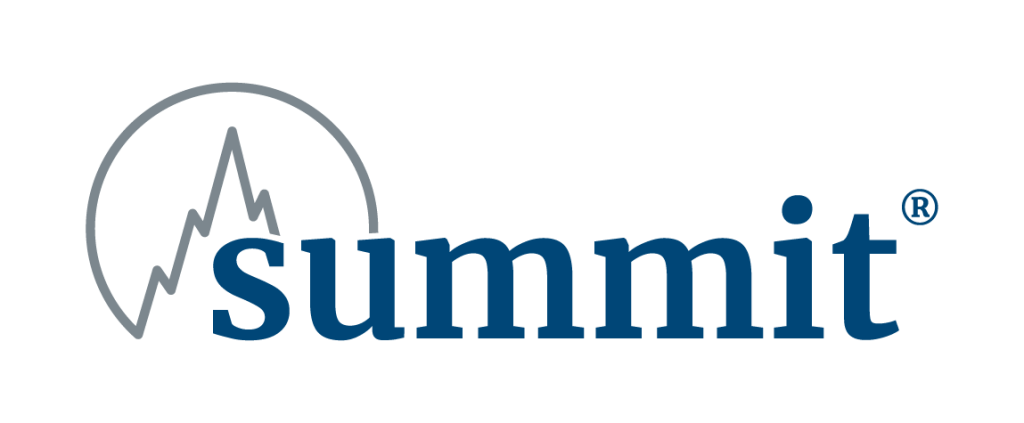
SAFETY TOPICS
Machine Guarding
Unguarded or inadequately guarded machines in the workplace can lead to serious injuries when employees are exposed. Did you know that among workers who operate and maintain machinery, approximately 18,000 amputations, lacerations, crushing injuries, abrasions, and more than 800 deaths occur per year?1 The purpose of machine guarding is to protect the machine operator and other employees in the work area from injury.

Hazardous mechanical motions
Injuries due to contact with moving parts can be severe, so recognizing them is the first step toward protecting workers from the danger they present. The basic types of hazardous mechanical motions are:2
- Rotating Motions: Even smooth, slowly rotating shafts can grip hair and clothing, and minor contact can force the hand and arm into a dangerous position.
- In-Running Nip Points: Can occur between rotating and fixed parts which create a shearing, crushing, or abrading action.
- Reciprocating: During the back-and-forth or up-and-down motion, a worker may be struck by or caught between a moving and a stationary part.
- Transverse: Creates a hazard because a worker may be struck or caught in a pinch or shear point by the moving part.
Hazardous mechanical actions
Understanding the hazards mechanical action pose can help reduce injuries sustained by the operators in the workplace. The basic types of hazardous mechanical actions are:2
- Cutting: Exists at the point of operation where fingers, arms, and body injuries can occur and where flying chips or scrap material can strike the head and face area.
- Punching: Occurs at the point of operation where stock is inserted, held, and withdrawn by hand when blanking, drawing, or stamping metal or other materials.
- Shearing: Involves applying power to a slide or knife in order to trim or shear metal or other materials.
- Bending: Results when power is applied to a slide in order to draw or stamp metal or other materials.
Requirements for machine guarding
In order to keep employees safe on the job, safeguards must meet these minimum general requirements:3
- Prevent contact: The safeguard must prevent hands, arms, and any other part of a worker’s body from contacting dangerous moving parts.
- Secure: Workers should not be able to easily remove or tamper with the safeguard, because a safeguard that can easily be moved is no safeguard at all.
- Protect from falling objects: The safeguard should ensure that no objects can fall into moving parts.
- Create no new hazards: A safeguard defeats its own purpose if it creates a hazard of its own such as a shear point, a jagged edge, or an unfinished surface which can cause a laceration.
- Create no interference: Any safeguard which impedes a worker from performing the job quickly and comfortably might soon be overridden or disregarded.
Employer training
Even with the most elaborate safeguarding systems in place accidents can still happen if employees aren’t properly trained. Employers should provide operators with hands-on training on the following to ensure their safety.3
- A description and identification of the hazards associated with particular machines.
- How the safeguards provide protection and the hazards for which they are intended to prevent.
- How to use and operate the safeguards.
- How and under what circumstances safeguards can be removed, and by whom.
- When a lockout/tagout program is required.
- What to do if a safeguard is damaged, missing, or unable to provide adequate protection.
Online safety training videos
Our policyholders and agents have access to an extensive library of safety training videos. Access training videos on machine guarding by entering your username and password. Type machine guarding in the search bar for the available videos. Policyholders and agents can request login credentials by emailing [email protected]. (Videos provided through JER HR Group LLC, dba Training Network, a Summit vendor.)
If you would like additional resources, please contact your Summit loss prevention consultant.
Footnotes
- “Machine Guarding eTool.” Occupational Safety and Health Administration, U.S. Dept. of Labor, www.osha.gov/etools/machine-guarding (Accessed Sept. 23, 2022).
- “Machine Guarding eTool.” Occupational Safety and Health Administration, U.S. Dept. of Labor, www.osha.gov/etools/machine-guarding/introduction/hazardous-motions-actions (Accessed Sept. 23, 2022).
- “Machine Guarding eTool.” Occupational Safety and Health Administration, U.S. Dept. of Labor, https://www.osha.gov/etools/machine-guarding/introduction/safety-considerations (Accessed Sept. 23, 2022).
Disclaimer
The information presented in this publication is intended to provide guidance and is not intended as a legal interpretation of any federal, state or local laws, rules or regulations applicable to your business. The loss prevention information provided is intended only to assist policyholders of Summit managed insurers in the management of potential loss producing conditions involving their premises and/or operations based on generally accepted safe practices. In providing such information, Summit Consulting LLC does not warrant that all potential hazards or conditions have been evaluated or can be controlled. It is not intended as an offer to write insurance for such conditions or exposures. The liability of Summit Consulting LLC and its managed insurers is limited to the terms, limits and conditions of the insurance policies underwritten by any of them.

